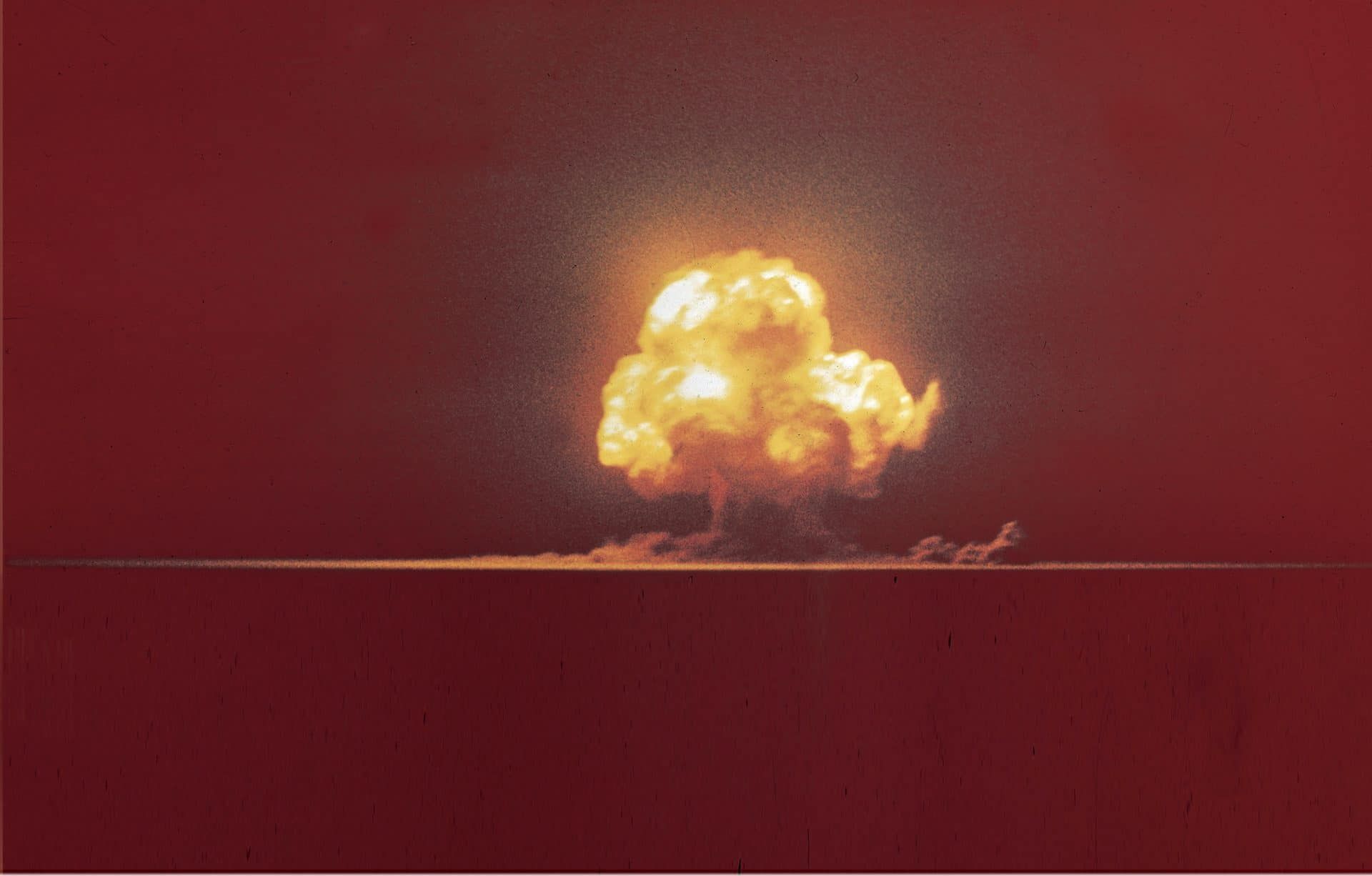The loss of the Earth’s protective ozone layer would result in several years of extremely high ultraviolet (UV) light at the surface, a hazard to human health and food production. Most recent estimates indicate that the ozone loss after a global nuclear war would lead to a tropical UV index above 35, starting three years after the war and lasting for four years. The US Environmental Protection Agency considers a UV index of 11 to pose an “extreme” danger; 15 minutes of exposure to a UV index of 12 causes unprotected human skin to experience sunburn. Globally, the average sunlight in the UV-B range would increase by 20 percent. High levels of UV-B radiation are known to cause sunburn, photoaging, skin cancer, and cataracts in humans. They also inhibit the photolysis reaction required for leaf expansion and plant growth.
I gave up reading because of the videos showing. Am I the only person who can’t read anything while there’s an animation on the screen? Is my brain fucked up?
Have you ever been diagnosed for ADHD?
Lol, no. I’m just pathologically lazy and I feel the weight of societal expectations to do something with my life despite having no desire to said ‘things’. Anhedonia is possible, since I don’t find anything rewarding but I wouldn’t say I’m particularly depressed.
As someone with ADHD I find many things extremely annoying since distracting. Any animation on a webpage makes me immediately reach for my uBlock origin.
probably ADHD, scroll to the bottom for sources and look those up, thats what i usually do . the paper this is derived from was previously posted already
Posting this because people are saying I have ADHD today. Quote from google about ADHD symptoms:
People may experience: Behavioural: aggression, excitability, fidgeting, hyperactivity, impulsivity, irritability, lack of restraint, or persistent repetition of words or actions Cognitive: absent-mindedness, difficulty focusing, forgetfulness, problem paying attention, or short attention span Mood: anger, anxiety, boredom, excitement, or mood swings Also common: depression or learning disability
Of all these ADHD symptoms I have only anxiety and irritability. I do.not have ADHD LMAO.
Nope, sorry. The lemmy doctor’s diagnose stands.
Please report to your nearest pharmacy for mandatory amphetamine administration.I would actually like to try amphetamines. I don’t get happy or excited about anything and I genuinely wonder if some ecstasy could unlock that part of my brain. Probably a bad idea, I know…
There are at least two subtypes of ADHD with very different symptoms, so that kitchensink typically doesn’t fit anyone currently alive.
Whether you do or do not have ADHD I would advise against recreational stimulant use. Particularly MDMA/MDA doesn’t unlock anything permanently, and can be used only infrequently without significant negative side effects.
Nothing a lil bit of sunscreen cant handle I’m sure

SPF666
Bardeen, Charles G., Douglas E. Kinnison, Owen B. Toon, Michael J. Mills, Francis Vitt, Lili Xia, Jonas Jägermeyr et al. “Extreme ozone loss following nuclear war results in enhanced surface ultraviolet radiation.” Journal of Geophysical Research: Atmospheres 126, no. 18 (2021): e2021JD035079. http://dx.doi.org/10.1029/2021JD035079
Yes… that’s generally what Mutually Assured Destruction means. You’re either gonna be instantly vaporized, or it’ll take a little time but most things are fucked.
The only silver lining is the world will go on and recover, with or without us.



